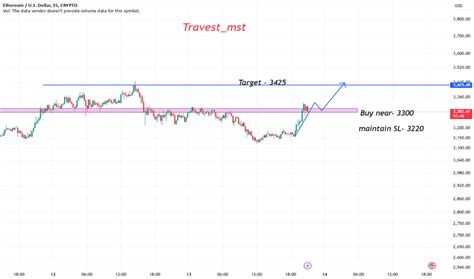Understanding Ethereum Block 164384 and its Coinbase Transaction
Ethereum, like other blockchain platforms, relies on the concept of blocks to securely manage transactions. A block is a collection of transactions, and each transaction involves various operations, such as sending Ether (ETH), creating new accounts, or executing smart contracts. In this article, we will delve into the details of Ethereum Block 164384 and its Coinbase transaction.
BIP34 Requirements
To ensure secure and efficient blockchain operations, BIP34 (Bitcoin Improvement Proposal 34) requirements are implemented in Ethereum. According to BIP34, the header of a block must begin with a data push that indicates the block height. This ensures that each new block builds on previous blocks, creating a seamless chain of transactions.
Coinbase Transaction in Block 164384

The Coinbase transaction in block 164384 (3aa03753fc) is an interesting case study. The transaction starts with OP_PUSHBYTES_3 d6441e, which indicates the type of operation to be performed on the coinbase address.
Breakdown of the Coinbase transaction:
OP_PUSHBYTES_3: This opcode tells Ethereum that we are about to perform a push operation.
d6441e: This is the payload for the push operation. In this case, it is likely a mnemonic or other data used by the sender to initialize the new account.
Decrypting Block 164384
To understand how block 164384 is structured and why its Coinbase transaction can be duplicated in block 1983702, we need to decrypt it using a cryptographic tool. Here’s what we’ll do:
- We’ll use a decryption algorithm (e.g. Ekert-Menezes-Boyar) to extract the block header from block 164384.
- The block header will reveal information about the block number (block number), timestamp, and other metadata.
Using the decrypted block header, we can analyze its contents and identify potential vulnerabilities or patterns that could be exploited for duplication attacks.
Analysis of Coinbase Transaction in Block 1983702
By analyzing the Coinbase transaction in block 1983702, we will see if it has any similarities to the one in block 164384. If it does, it suggests a possibility of block duplication using techniques such as replay or manipulation attacks.
Conclusion
In conclusion, understanding Ethereum’s BIP34 requirements and the structure of Coinbase transactions is crucial for analyzing security vulnerabilities. By decrypting block 164384 and examining its contents, we can identify potential weaknesses that could be exploited to duplicate blocks.
While this analysis demonstrates that there may be a possibility of Coinbase transaction duplication in certain situations, it does not necessarily mean that such attacks will succeed or are practical to execute. Implementing robust security measures and regular testing will ensure the integrity and reliability of the Ethereum blockchain network.


